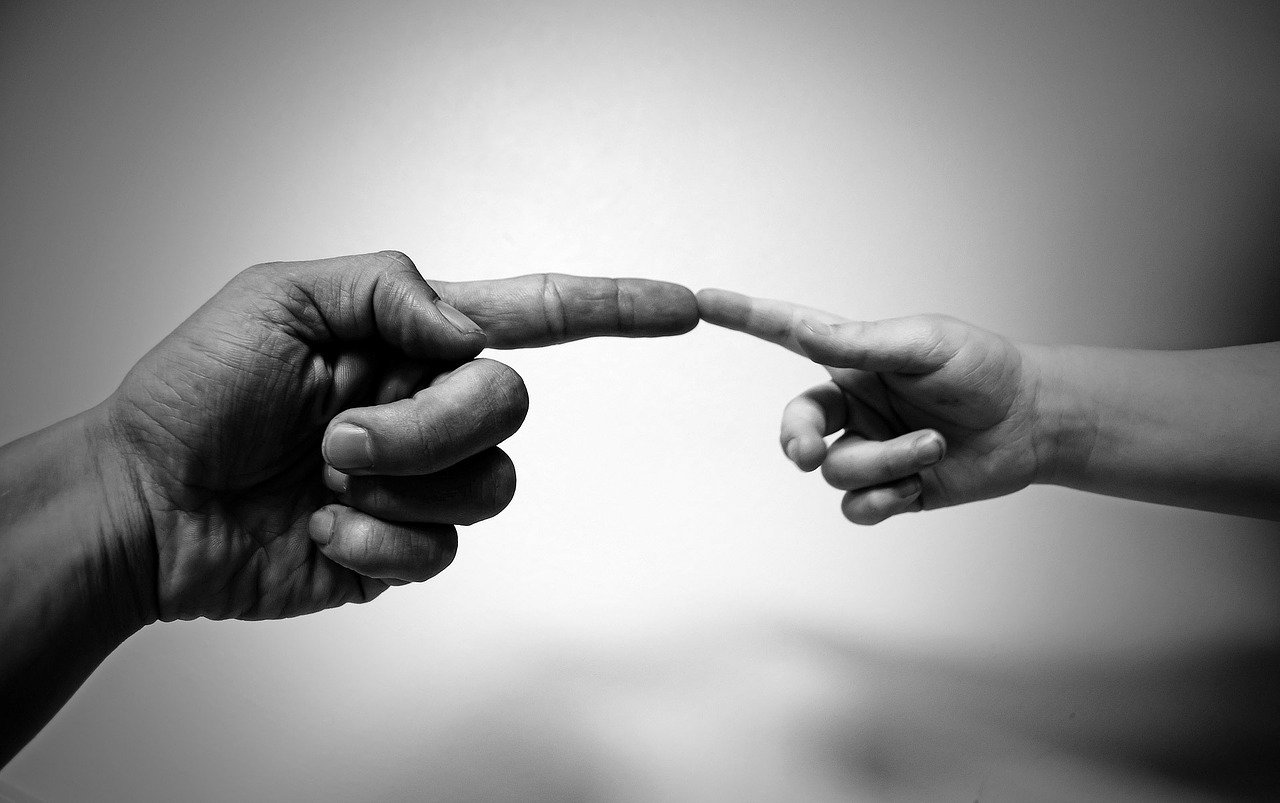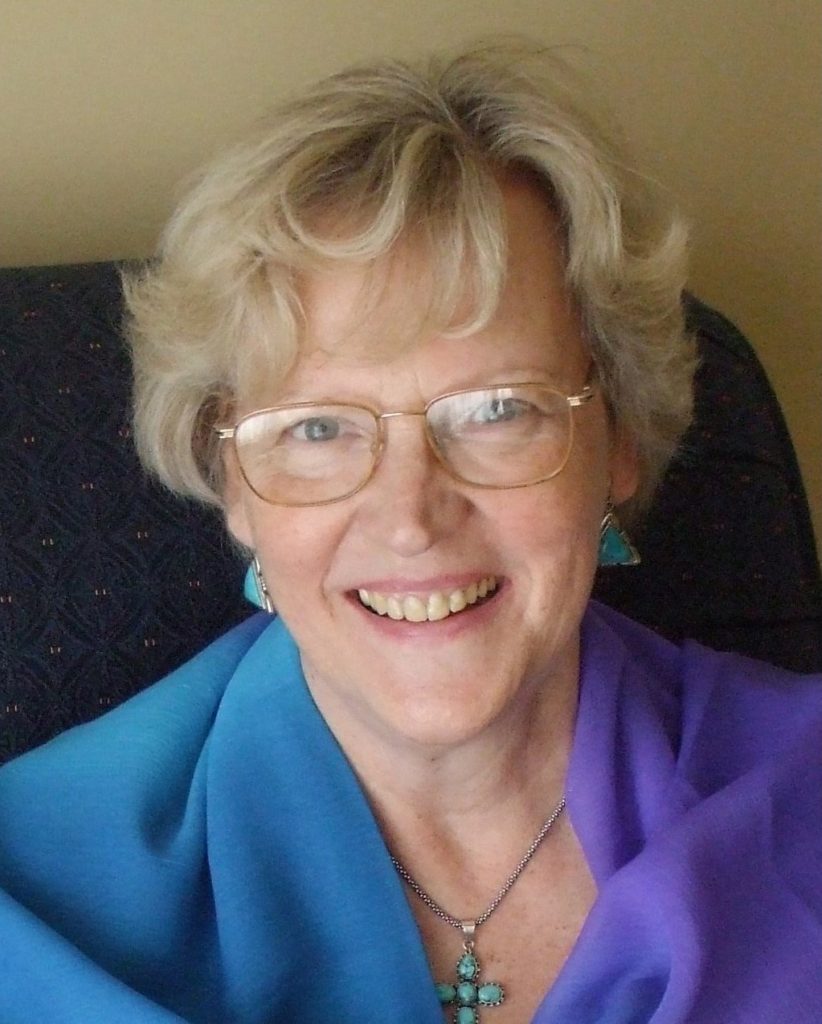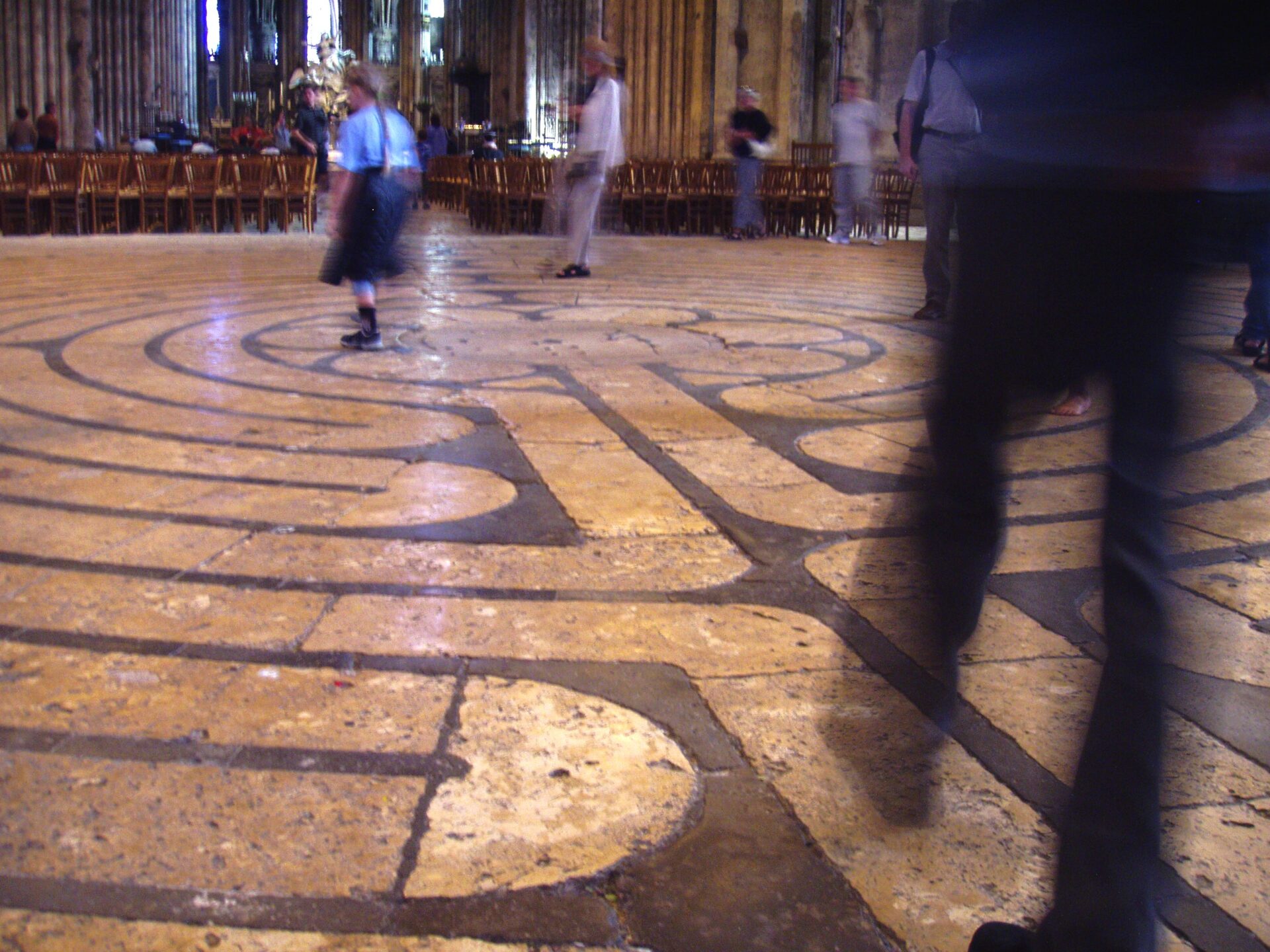One of the most difficult hurdles to clear on the spiritual path is the type of religious upbringing we had as a child. If we were brought up in a denomination with an emphasis on vocal prayers and reading scripture, we may feel that anything else, especially meditation, is not really Christian prayer. We hear the ‘ego’ say: ‘This isn’t prayer as I was taught!’ Although more and more people are open to this change in the way they pray, some may still feel uncomfortable that they no longer tread the path of their family and friends.
Another aspect of this conditioning is our inherited images of God. We have looked at them before but they can form such a barrier to our spiritual progress that it is worth exploring a little more. They are often a product of our early childhood linked to our attitudes especially to parents and teachers. God the Father, Jesus’ image, may throw up quite a barrier, if our own father was absent, highly critical, impatient or abusive. This image will not give us the trust needed to let go and enter the silence. Not only may God seem someone to be feared and avoided, but also our self-image may be as one being totally unworthy of God’s attention. The image of God as Mother, a powerful archetype, may appeal to some, but for others can throw up similar resistances. If your image is one of God as Judge, how comfortable would you be about entering His presence? He becomes someone to avoid rather than relate to, as so many of us carry such a burden of perceived guilt. So why would we want to go into the silence to be in His Presence? Why would we want to put ourselves in a position, where we could be judged and rejected?
But they are only images not the reality. Genesis tells us that we have been made “in the image and likeness of God.” But rather than understanding this as our having the Divine image and likeness within us, we take this literally and consequently we make God in turn in our own conditioned image and likeness. The early Church Father Clement of Alexandria said scathingly in the 2nd century “Most people are enclosed in their mortal bodies like a snail in its shell, curled up in their obsessions after the manner of hedgehogs. They form their notion of God’s blessedness by taking themselves for a model.” The early Church considered using a name for God blasphemous, as any name or image would belittle and limit God. Clement of Alexandria said: “The notion of pure being is the closest you can come to God….He is ineffable, beyond all speech, beyond every concept, beyond every thought.”
But even if we know that we cannot encompass the Divine in words and thoughts, we still find it too difficult on the whole to relate to something ‘unnameable, ineffable, and unlimited’. The human brain primarily operates through images. That is how it is made and that is alright, as long as we remember that God is much more than our images and look beyond the images to the Reality they point to. When we turn ‘agnostic’ or even ‘atheist’, this is often in reaction to our early religious upbringing – it is our image of God that is no longer meaningful.
We tend to treat the images as the Reality, ignoring that they are merely shadows of the real. We in fact make idols out of our images. But we need to smash these idols. Meister Eckhart (14th century German mystic) put this forcefully in his saying: “Therefore I pray to God to rid me of god.”- i.e. ‘god’ with a small letter being his image of God. We need to rid ourselves of our attachment to our images. It is the Godhead beyond our images that we are intimately linked with.
If we persevere with meditation we will experience that the nature of the Divine Reality we meet in the silence of meditation is one of love, forgiveness and acceptance. The parable of the Prodigal Son shows the Divine forgiveness that is waiting for all of us.
Image by PublicDomainPictures from Pixabay





